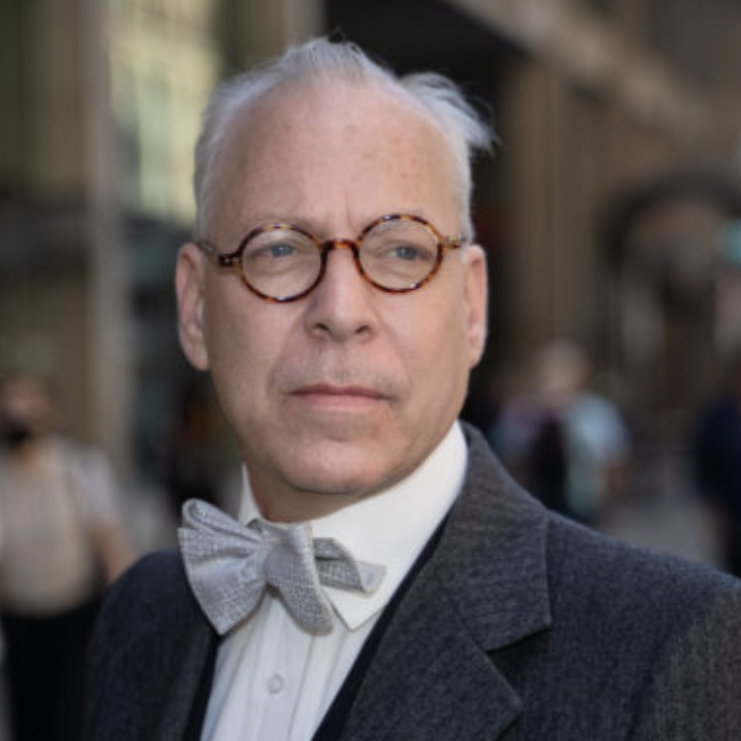Getting through the 3,000 pages of Dr. Fauci’s emails is a slog. I admit that I’ve not completed the task because I’m really trying my best to piece together the timeline. I’m still unclear how it is that he went from being more-or-less rational on the topic of Covid-19, which he still was up to about February 26, 2020, to becoming a champion of panic and lockdown only a week or so later.
At that point, he stopped all talk about the 1,000-fold difference between the risk to the young and the risk to the elderly with comorbidities. There was no more talk about how young people are mostly unaffected, and more threatened by flu (that remains true). His tone changed from measured to agenda-driven.
Fortunately, the emails are public, and so the task is being crowd-sourced among those who care as much as I do to figure out the genesis of the American lockdown that shattered everything we thought to be true about this country.
Scott Morefield, writing for Townhall, should be credited with discovering a fascinating nugget of information. It is an email from a person named Michael Betts, but not the epidemiologist at the University of Pennsylvania, who denies that he wrote it. It is someone else by that name who was somehow able to write to Fauci. We await the identity.
The letter was sent March 14, 2020, a Saturday, and the day after the HHS privately released what amounted to a lockdown order from the federal government. The Trump administration had already been talked into shutting down as much as it could and urging states to do the same. In some sense, then, the latter came too late. Regardless, Fauci ignored it (“Thank you for your note”).
The letter read as follows.
“I wanted to convey an idea I had with regard to the coronavirus. It seems to me that trying to contain the virus as we are doing at present will be futile. Since the virus can be present for many days without a person having any symptoms, you would literally need to test everyone at the same time to determine who has it–an impossible task.
“I have a different thought. We know that the virus is especially dangerous for the old and/or immunosuppressed. IMO we should be focusing all of our efforts on keeping that group from becoming infected. To do so that group should be encouraged to self-isolate, to limit their social interactions and other groups should be instructed to avoid them. Sort of a reverse-quarantine idea. All testing would be done within those groups and all groups would also be encouraged to continue with the hygienic suggestions they’ve already received.
“The problem right now is that the media has created a panic. Last night my wife and I went to the local Whole Foods and many of the shelves were empty and healthy younger people were wearing masks. The message is not getting out that the virus is almost solely dangerous to the elderly and immunosuppressed. [Why aren’t the demographics being released? That in itself could calm many people.] With my suggestion, exposures to them would be diminished, significantly reducing the number of deaths, as well as the potential impact on hospitals. Any person outside of that group that was severely affected could be identified and treated.
“Quarantining otherwise healthy people outside of those groups who finally demonstrate symptoms–like the NBA players–is ridiculous. They are likely to get the sniffles and have also already spread the virus. As long as they’re not spreading it to the endangered group we should not worry about it. In sum, we need to isolate the vulnerable and realize that the mortality rate for people outside of that group is likely lower than the flu.
“Of course, while this occurs we are working on finding treatments and vaccines. But sending home workers who have next to no likelihood of being significantly impacted by this virus is ridiculous. The virus hits hardest the old and infirm, two groups that are most likely NOT to even be in the workforce! To me, this solution is a lot simpler than what is being tried right now and is much more likely of success. To everyone besides the endangered group, this virus is literally less dangerous than the flu. There is no reason that anyone outside of the endangered group should have any concern at all and we need to make that clear. Please let me know what you think.”
Wow, right there you have more sense spoken than anything from the CDC, much less Fauci in a full 15 months. What it says is good public health advice. It is more or less what nearly everyone in the world believed should be done in the event of a new virus, until suddenly that changed. Why were the schools closed? Offices? Events that involve most working-age professionals? Why block travel when the virus was already here? Why such confusion about the risk groups? The public health messaging throughout was a mass of confusion.
Already on March 10, 2020, Fauci had testified before Congress that this virus was ten times more lethal than the seasonal flu, without explaining that this is only true for extremely high-risk groups but not for most everyone else. He said SARS-CoV-2 has a “mortality rate” of 1% without explaining what he meant by that: infection or case mortality or crude mortality (leaving aside all issues of testing and classification).
There was no one present at that hearing who knew enough about viruses or epidemiology to ask any sort of follow-up question. You can see the look on their faces, which was more or less like: “My constituents and I could die!”
I regard that hearing as Fauci warming up the crowd for what he knew was coming: the full experiment in locking down the economy. How it is that he switched from his earlier position is still left to be discovered because there wasn’t anything about the data about mortality that changed from mid-February to mid-March. Indeed, the demographic data have been rather stable on this virus from the earliest reports.
What we discover from these emails is that Fauci was not in the dark. He just chose to ignore what people were saying. Later that year when the Great Barrington Declaration came out, which more or less said the same thing as the above letter, Fauci completely dismissed it: “Quite frankly, that is nonsense and anybody who knows anything about epidemiology will tell you that that is nonsense and very dangerous.”
There are still so many questions that need to be answered. These emails are just beginning. The redactions alone, especially as they pertain to Fauci’s correspondence with Mark Zuckerberg of Facebook, cry out for investigation.
These questions are not going away, no matter how much the Biden administration wishes they would. Americans need to know why this happened to them. People deserve answers, and they will eventually get them.
Join the conversation:


Published under a Creative Commons Attribution 4.0 International License
For reprints, please set the canonical link back to the original Brownstone Institute Article and Author.









